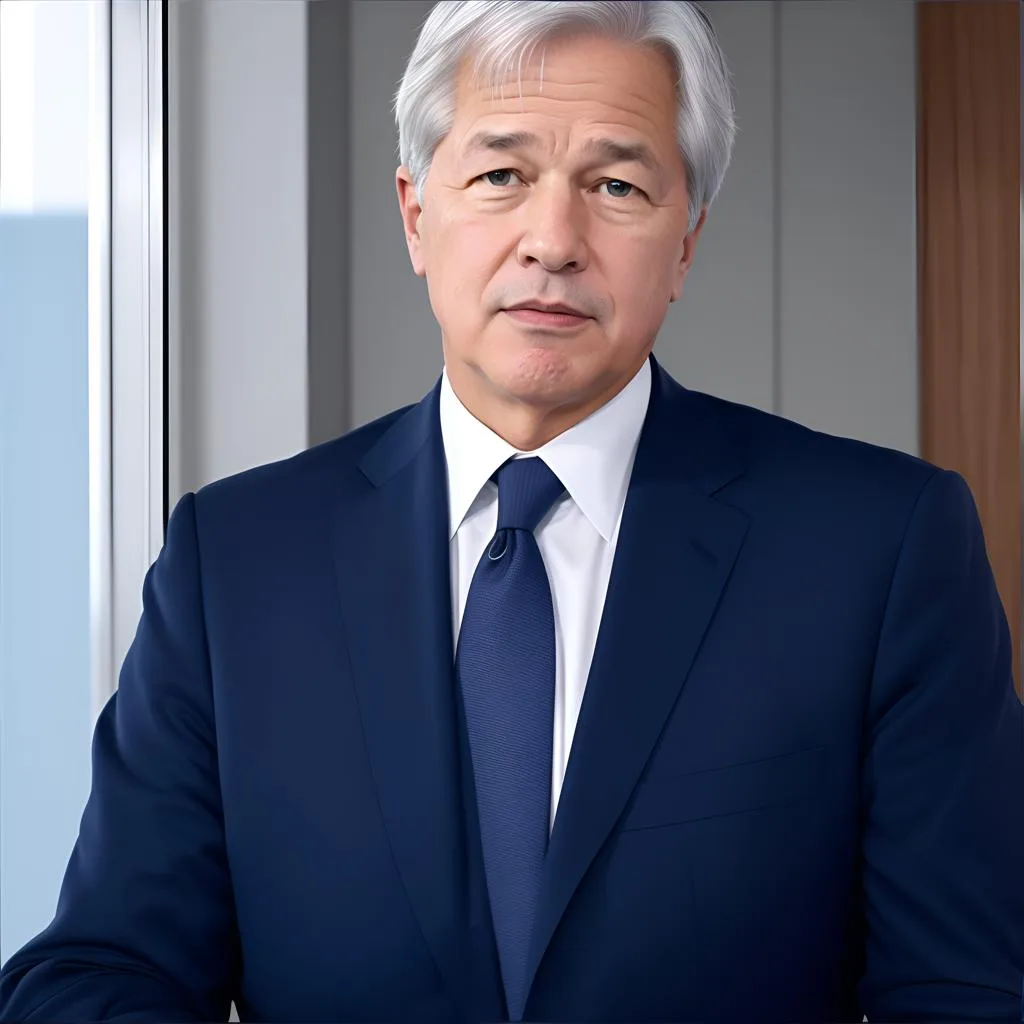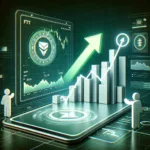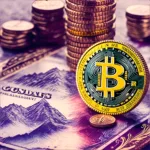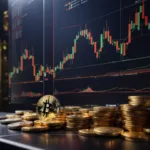
U.S. interest rates, the global economy, and Jamie Dimon are currently at the center of a debate regarding the potential impact of rising interest rates on the world economy. Dimon, the CEO of JPMorgan, has recently warned that the global economy might not be prepared for a worst-case scenario where the U.S. interest rate reaches as high as 7% with stagflation. This scenario could be damaging to the global economy, as the Federal Reserve has been raising the benchmark borrowing cost to combat inflation since March 2022.
The Federal Reserve has increased the borrowing cost by 525 basis points, bringing it to a range of 5.25%-5.5%. However, Dimon believes that the Fed may need to continue raising rates in order to subdue persistent inflation. This contradicts the popular view that the Fed’s tightening cycle has already peaked. The central bank has stated its intention to maintain higher borrowing costs for a longer period of time.
Stagflation and the Risk of Recession
A scenario with interest rates at 7% and stagflation, characterized by persistent high inflation and joblessness, would increase the risk of the U.S. economy falling into a recession. This would be particularly undesirable for risk assets such as technology stocks and cryptocurrencies.
Jamie Dimon expressed his concern, stating, “Going from zero to 2% was almost no increase. Going from zero to 5% caught some people off guard, but no one would have taken 5% out of the realm of possibility. I am not sure if the world is prepared for 7%.” He added that “if they are going to have lower volumes and higher rates, there will be stress in the system.”
Impact on U.S. Treasury Yields and Risky Investments
If the tightening cycle were to continue, it would result in already elevated U.S. Treasury yields reaching multi-decade highs. This would make bonds more attractive since 2009, potentially draining capital from risky investments. The so-called liquidity tightening cycle was partially responsible for last year’s crypto market crash.
The global economy, as well as U.S. interest rates, are closely monitored by market participants such as Jamie Dimon. As the CEO of JPMorgan, Dimon’s opinions and warnings carry significant weight in the financial world. His concerns about the potential impact of rising interest rates on the global economy should be taken seriously by investors and policymakers alike.
Preparing for the Worst-Case Scenario
It is crucial for governments, central banks, and businesses to prepare for the possibility of interest rates reaching as high as 7% with stagflation. This preparation could include implementing policies to support economic growth, creating jobs, and controlling inflation. Investors should also consider diversifying their portfolios to minimize the potential negative impact of rising interest rates on their investments.
In conclusion, the global economy may not be ready for the worst-case scenario of U.S. interest rates reaching as high as 7% with stagflation, as warned by Jamie Dimon. This situation could have damaging effects on the world economy, and it is essential for governments, central banks, businesses, and investors to prepare for this possibility. The debate surrounding U.S. interest rates and the global economy will likely continue, with the opinions of influential figures like Dimon playing a significant role in shaping the discussion.




